Social Media and Disaster Response in the Philippines
In the face of natural disasters, social media has emerged as a vital tool for real-time communication and mobilizing relief efforts across the Philippines. Digital platforms empower communities and authorities alike to share accurate information and coordinate support during emergencies.
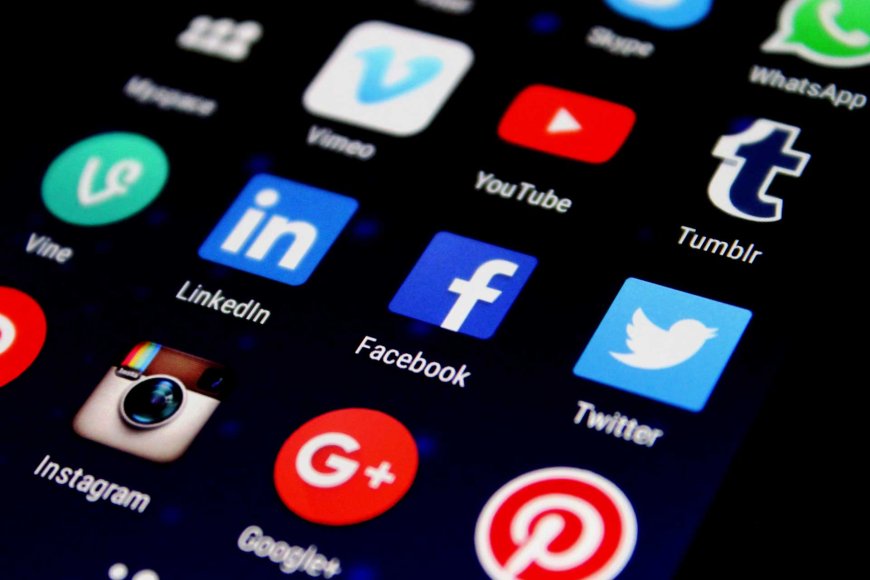
Digital Platforms Enhance Communication and Relief Efforts During Calamities
Natural disasters are a recurring challenge in the Philippines, where typhoons, earthquakes, floods, and volcanic eruptions frequently disrupt communities. In recent years, social media has emerged as a vital tool in managing these calamities. By facilitating real-time communication, mobilizing relief efforts, and spreading crucial awareness, platforms such as Facebook, Twitter, and Instagram have transformed disaster response.
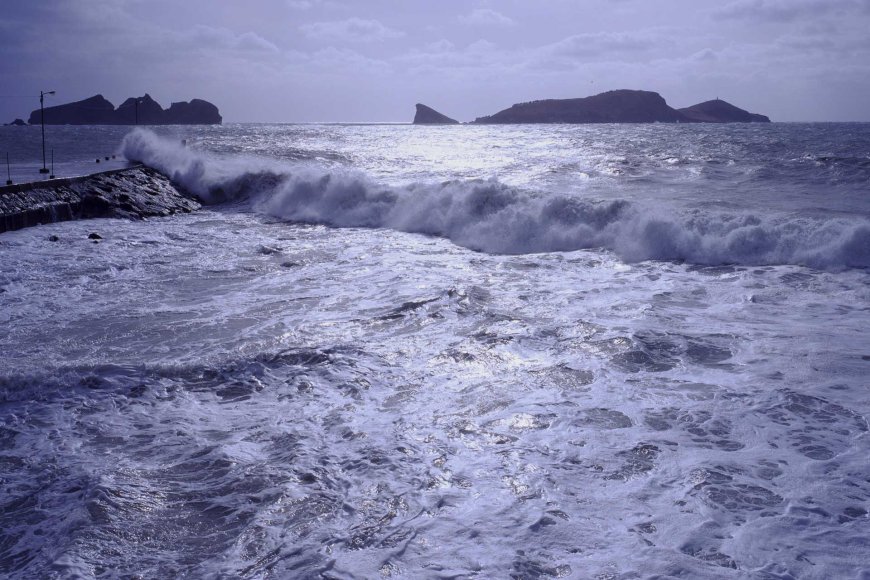
Enhancing Real-Time Communication
Instant Information Sharing
During a natural disaster, timely information can mean the difference between life and death. Social media platforms provide instantaneous channels for communication, enabling individuals, local communities, and government agencies to share critical updates. For example, when a typhoon strikes, residents can post real-time photos, videos, and location-based updates. These posts help authorities assess the situation quickly and deploy resources where they are needed most.
Facilitating Coordination Among Stakeholders
Government agencies like the National Disaster Risk Reduction and Management Council (NDRRMC) and non-governmental organizations (NGOs) have embraced social media as a communication tool. They use official accounts to disseminate verified information, emergency alerts, and evacuation orders. Moreover, community leaders and local government units collaborate via social media to coordinate rescue operations and support affected areas. This coordinated approach not only reduces confusion but also ensures a unified response to rapidly evolving situations.
Overcoming Traditional Communication Barriers
In many remote areas of the Philippines, traditional communication infrastructures may be compromised during a disaster. Social media, accessed via mobile devices, can often function on limited networks, bridging the gap where conventional systems fail. This democratization of information means that even those in isolated communities can receive and share updates, enhancing overall community resilience.
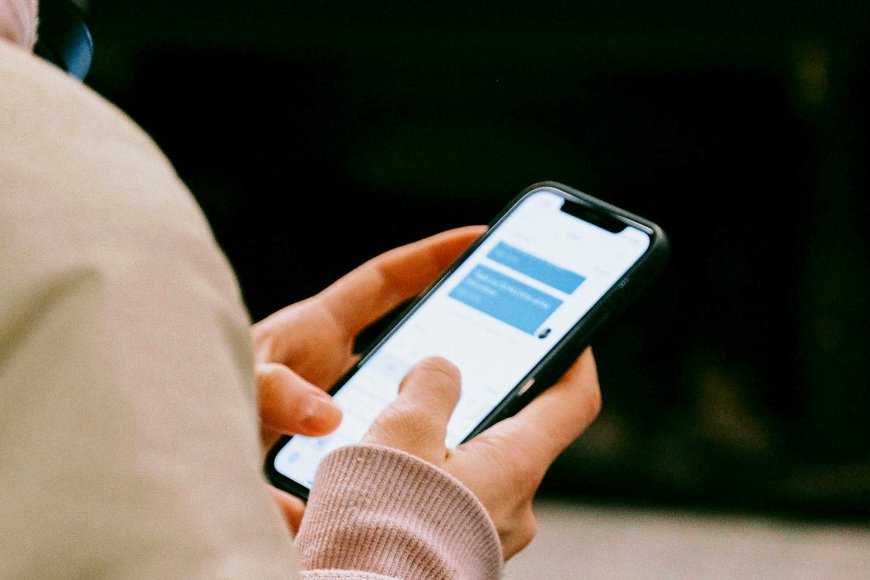
Mobilizing Relief Efforts
Crowdsourcing Donations and Resources
Social media platforms have proven instrumental in mobilizing both local and international support for disaster relief. Fundraising campaigns and donation drives are often initiated on platforms like Facebook, where hashtags and shared posts can quickly go viral. These online campaigns attract attention from philanthropists, NGOs, and the general public, leading to rapid mobilization of resources. For instance, after a major calamity, thousands of individuals might come together under a common hashtag to raise funds for immediate relief, medical aid, or reconstruction efforts.
Volunteer Coordination and Resource Distribution
Beyond monetary contributions, social media is critical in organizing volunteer efforts. Platforms enable NGOs and community groups to recruit volunteers, share schedules, and coordinate on-ground relief operations. Volunteers can report their availability and the resources they can provide, ensuring that assistance reaches those in dire need. This decentralized yet efficient system allows relief efforts to be scaled up quickly, even before formal organizations can fully mobilize.
Facilitating Information Verification
Misinformation can be as dangerous as the natural disaster itself. Social media networks have developed systems for verifying information, where verified accounts and trusted organizations help filter out unverified reports. These measures help maintain the integrity of the information being shared, ensuring that both volunteers and affected residents receive accurate data about relief efforts, safe zones, and available services.
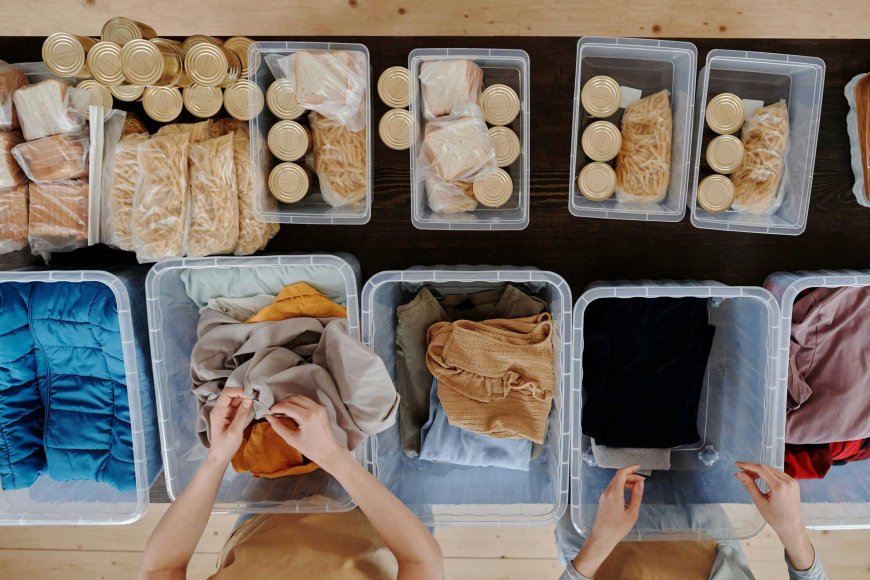
Spreading Awareness and Education
Public Education Campaigns
Social media is not just for immediate disaster response; it also plays a critical role in long-term public education. Government agencies and NGOs use these platforms to disseminate information on disaster preparedness, safety protocols, and risk mitigation. Through engaging content like infographics, videos, and live Q&A sessions, communities are better equipped to prepare for future calamities. These educational efforts contribute to a more resilient population that can act swiftly and knowledgeably when disaster strikes.
Amplifying Voices from the Ground
In the aftermath of a disaster, the firsthand experiences of survivors provide powerful narratives that can inform future disaster response strategies. Social media amplifies these voices, allowing affected individuals to share their stories and insights. This grassroots level of communication can influence policy changes and improve emergency preparedness plans. Additionally, these personal accounts foster a sense of community and solidarity, which is essential for collective healing and recovery.
Influencing Policy and Public Opinion
Public sentiment and media attention generated through social media can drive policy reforms. When communities and influential figures raise concerns about governmental responses to natural disasters, the pressure often leads to improved policies and more robust disaster management frameworks. Social media thus becomes a platform for civic engagement, holding institutions accountable and ensuring that lessons learned translate into tangible improvements in disaster preparedness and response.
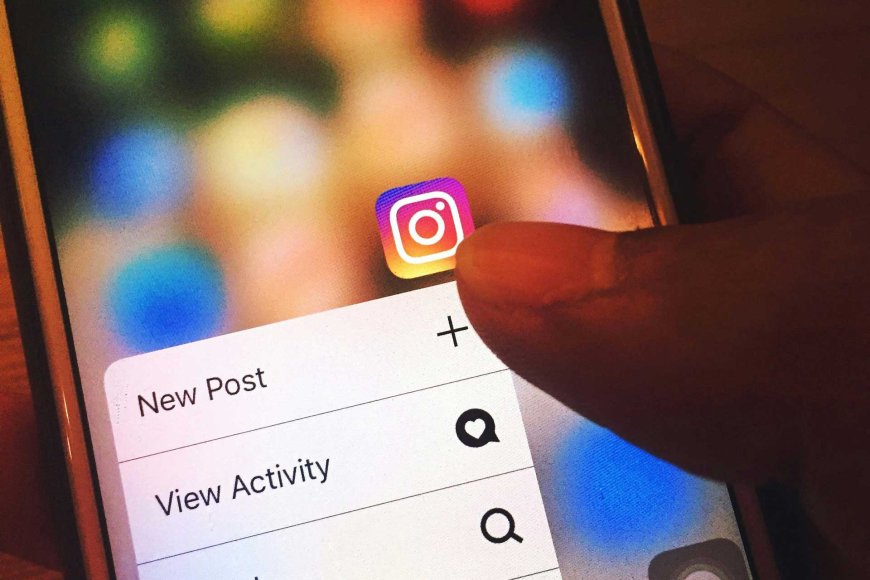
Challenges and Future Outlook
Combating Misinformation
Despite its numerous advantages, social media is not without challenges. The rapid spread of misinformation and unverified reports can exacerbate panic during disasters. Efforts are underway by both government bodies and platform administrators to enhance content verification processes and educate users on identifying credible sources. Continued investment in these areas is crucial to maintaining the reliability of social media as a disaster response tool.
Enhancing Connectivity in Remote Areas
Internet connectivity remains a challenge in some parts of the Philippines. Bridging the digital divide is essential to ensure that all communities can benefit from the advantages of social media during disasters. Future initiatives may focus on expanding network infrastructure and developing offline solutions that sync data when connectivity is restored.
Integrating Advanced Technologies
The future of disaster response in the Philippines lies in the integration of advanced technologies such as artificial intelligence (AI) and data analytics with social media platforms. These innovations could further enhance real-time data processing, predict disaster patterns, and optimize resource distribution, making disaster management more efficient and effective.
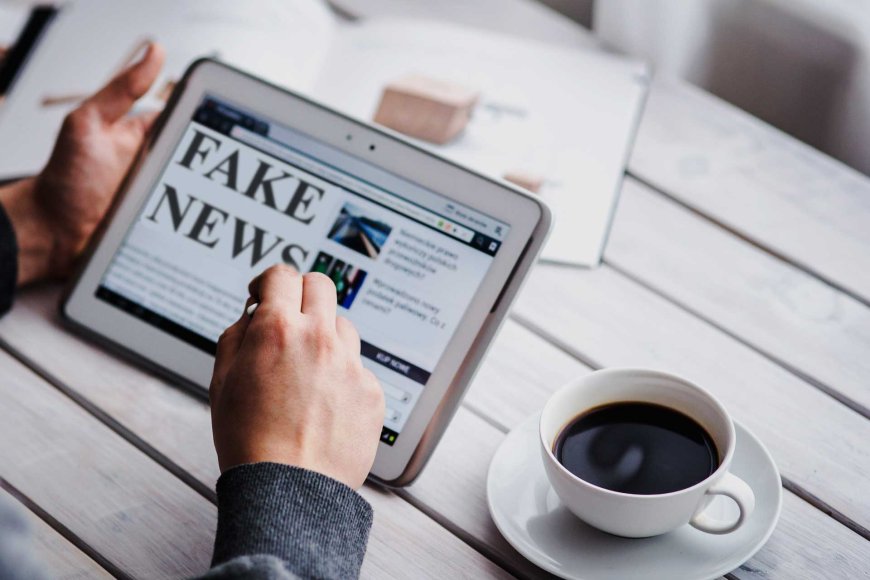
Harnessing Social Media for Effective Disaster Response
Social media has undeniably revolutionized disaster response in the Philippines. By enabling real-time communication, mobilizing rapid relief efforts, and spreading awareness about disaster preparedness, it has become an indispensable tool during calamities. While challenges like misinformation and connectivity issues persist, ongoing advancements and collaborative efforts promise a more resilient future. As technology evolves, so too will the ways in which communities prepare for and respond to natural disasters, ensuring that no one is left behind in times of crisis.
Nipino.com is committed to providing you with accurate and genuine content. Let us know your opinion by clicking HERE.






























































